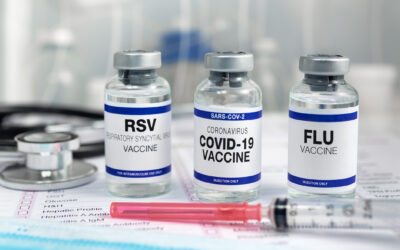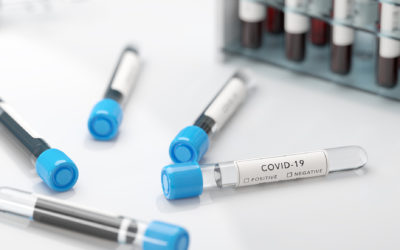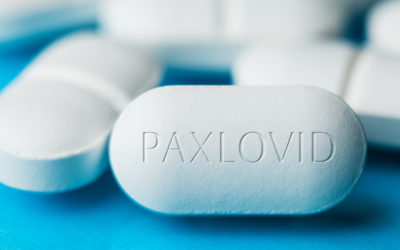This past Sunday, the Pope broke tradition to deliver his weekly prayer via livestream in an attempt to prevent the spread of the Wuhan coronavirus among tourists and citizens. Around the world, cities and businesses are taking serious measures to limit large-scale human contact and reduce exposure.
According to Johns Hopkins Coronavirus Resource Center, there are 1,039 confirmed active cases in the US, with an unknown number of undetected or dormant ones. As more active cases appear and are treated around the country, pharmacies should consider alternative hands-free methods of care for concerned or quarantined patients.
How can you encourage patients to take proper preventative measures while continuing to attract business? Here are several possibilities and platforms to consider as you work to develop a preventive response program for your pharmacy.
Signage and Educational Resources
Many patients are still unsure what to think about the coronavirus. Education at this stage is vital, both for those still visiting your pharmacy in person and those electing to stay away or under quarantine. Have signage in place for those who visit your pharmacy listing coronavirus information and symptoms, services you can offer to prevent infection, and what happens if customers are exposed.
For customers limiting travel, consider creating online educational content about the disease, new laws and restrictions, and updates on local cases. Concentrate on promoting digital platforms such as your mobile pharmacy app and post regular updates on social media channels, letting customers know how you can help.
Secure Messaging
Patients with questions, concerns, and specific needs may need one-on-one attention during this time. Two-way secure messaging allows patients and pharmacists to communicate freely without having to go online. With a HIPAA and TCPA-compliant messaging system, you can connect with patients individually and they can respond right from their cell phone.
This will make it easier to answer questions about the coronavirus outbreak and symptoms, check in on their health, and remind them to take medications or to accept prescription deliveries. If your location has positive cases of the virus, you can also let patients know what precautions to take.
Prescription Delivery
Social distancing measures, such as school shutdowns and workers sent home on sick pay or asked to telecommute, may become the norm if the 2019-nCoV virus continues to spread. As customers become more reluctant to leave home, making sure they have access to staple resources will become not just convenient, but necessary. Market Watch predicts that we will see a significant increase in the use of delivery services and is already tracking a rise in grocery delivery orders.
Your pharmacy can contribute by making sure your prescription delivery service is contact-free and reminding all patients that it’s an option for them. This may be the only way some of your homebound, elderly, or immunocompromised patients will be able to receive medication for some time.
Phone Screening
It’s imperative for pharmacies to have measures in place for patients who think they have been infected by the coronavirus. With an incubation period of up to 14 days and symptoms similar to a severe cold or pneumonia, patients may need assistance walking through their concerns as well as their recent medical and travel history.
Set up a phone screening system for your staff with a list of prepared questions. Make sure they have all the necessary information on hand to help patients check symptoms and tell them where they need to go for testing and care.
Promoting hands-free care in your pharmacy may become a crucial service in the coming months. By ensuring that your patients have all the care and information they need, you can help mitigate concern and prevent widespread exposure.


